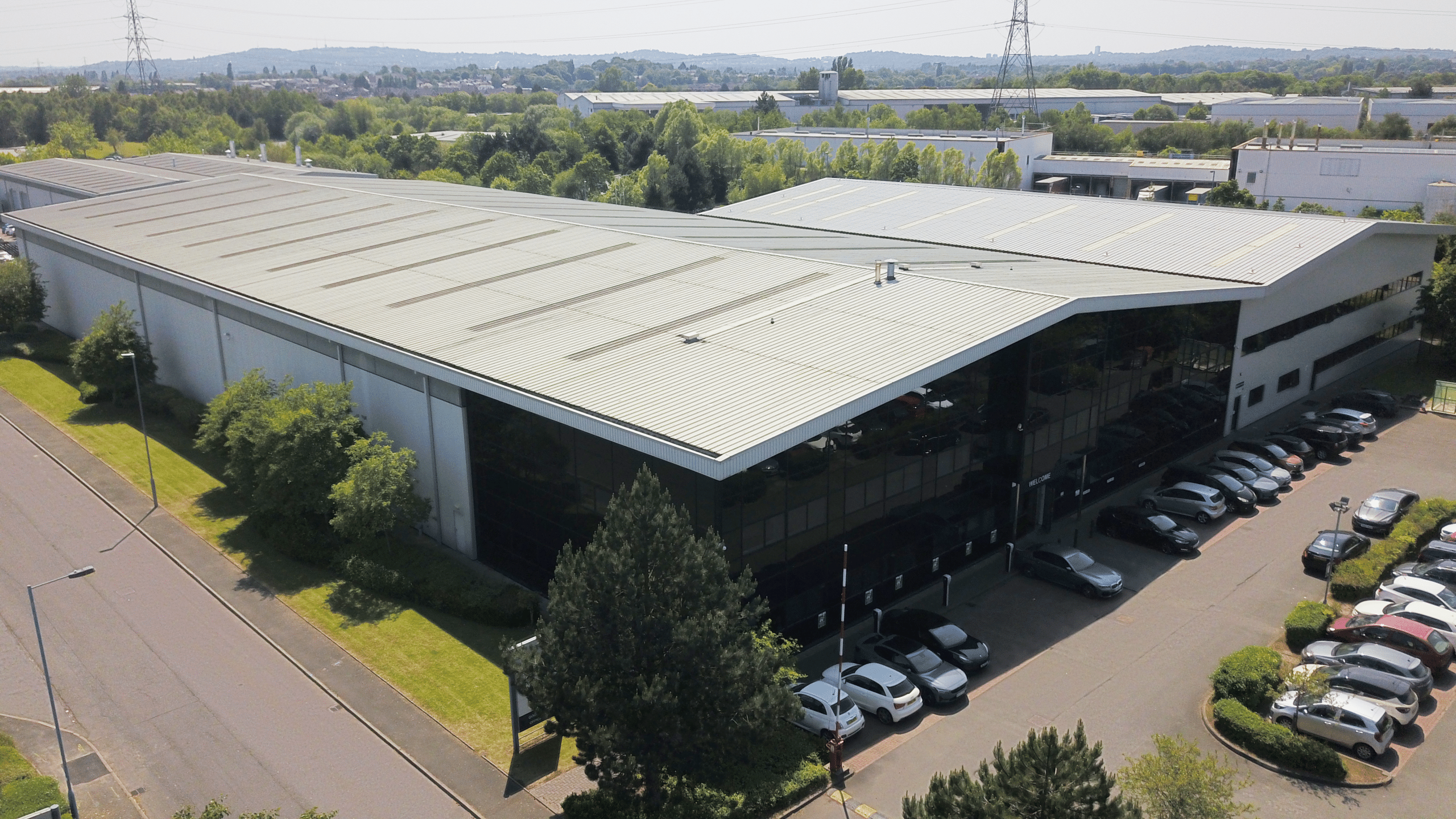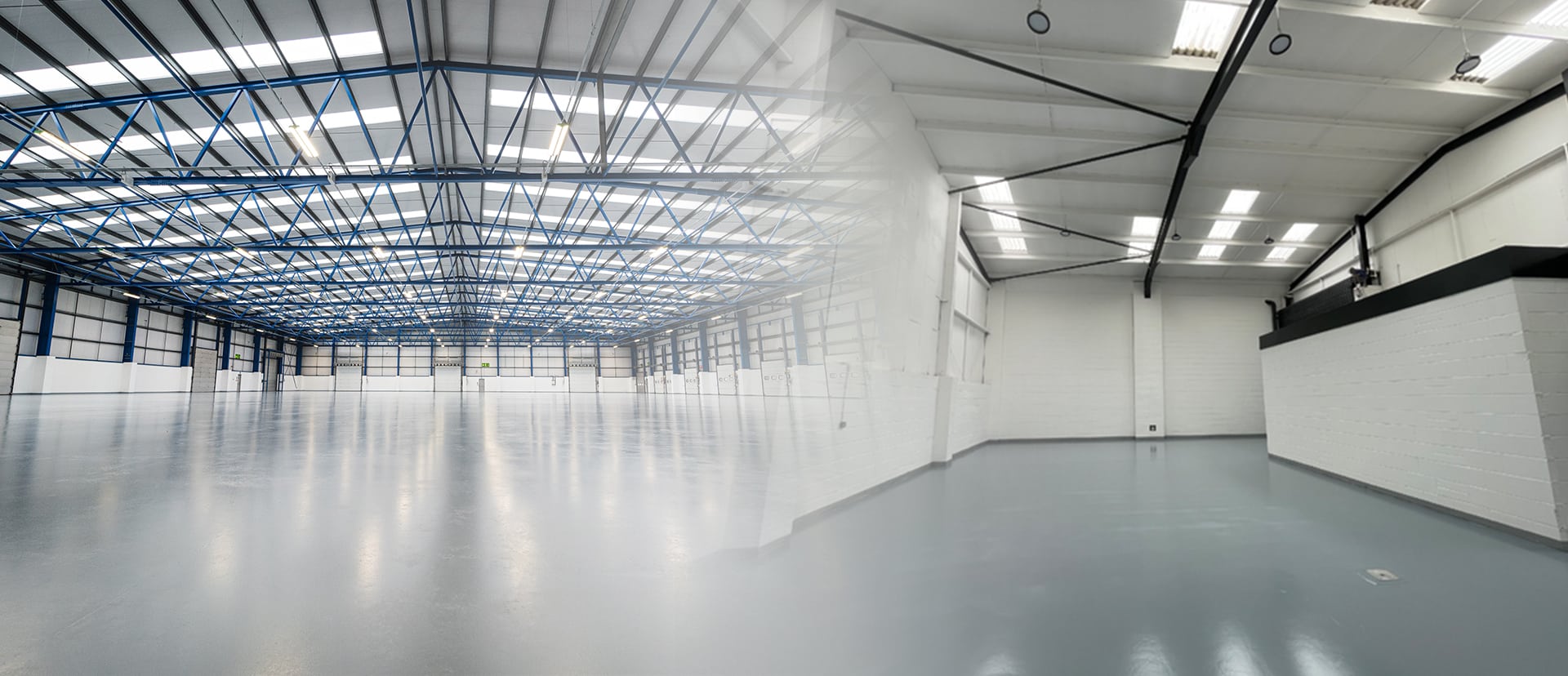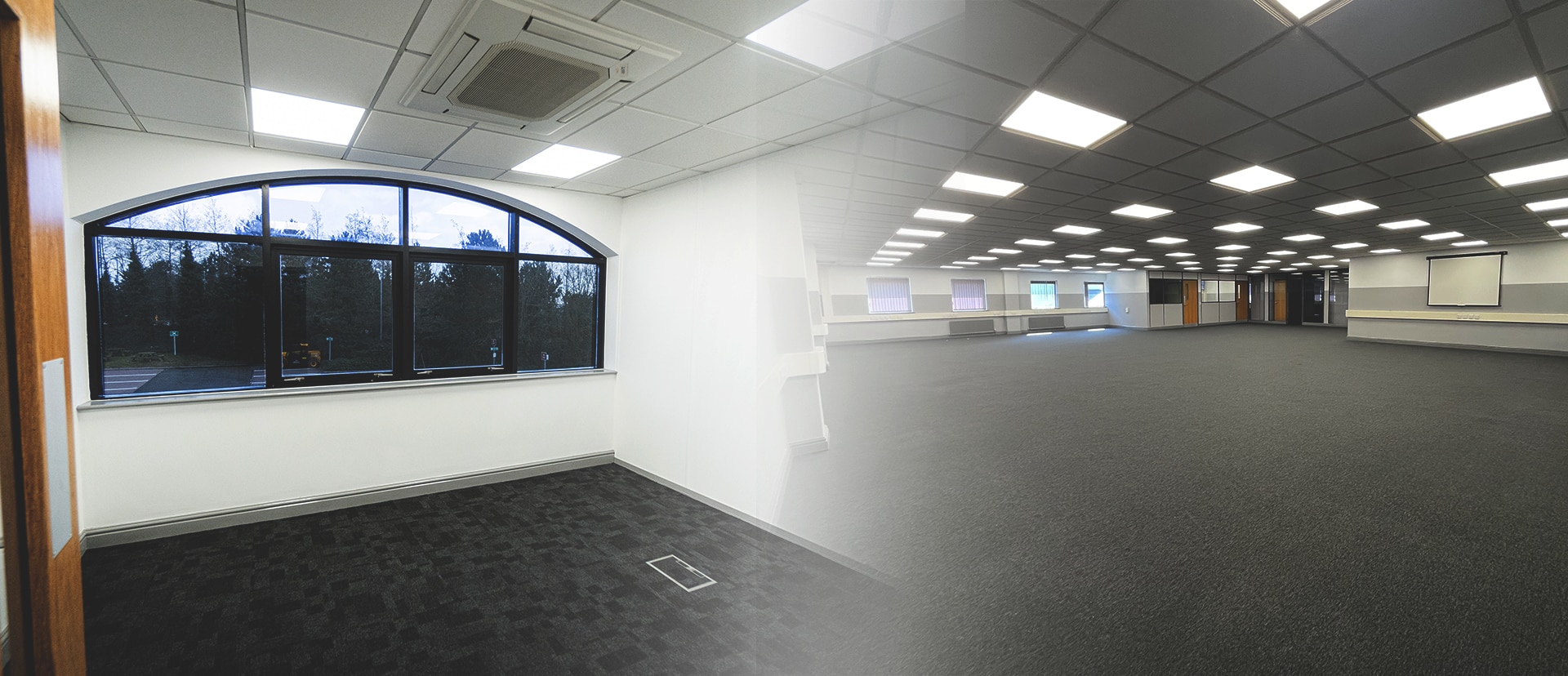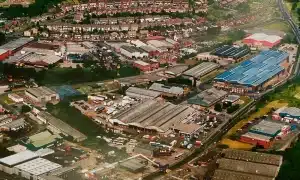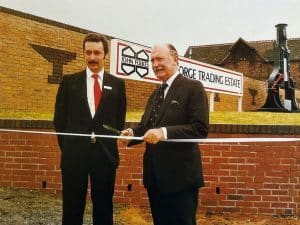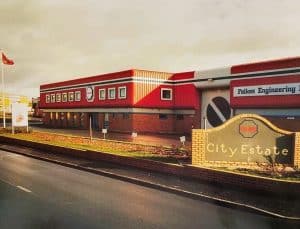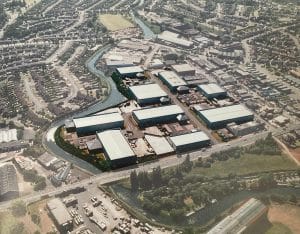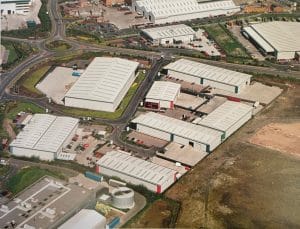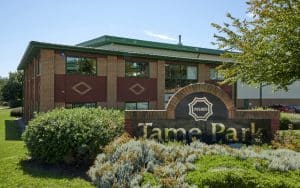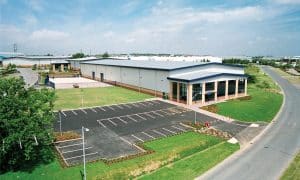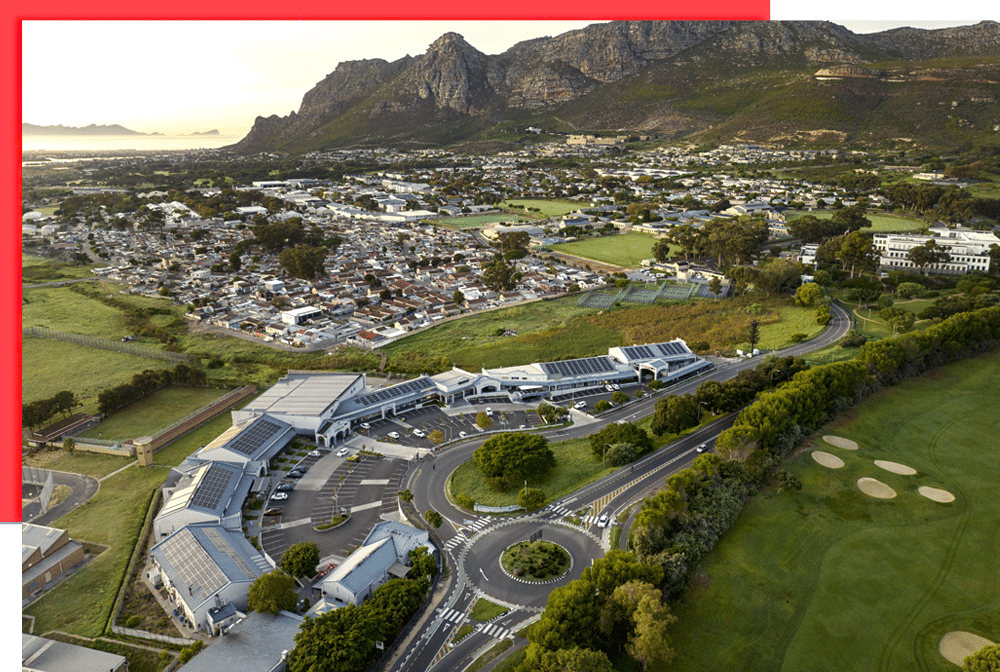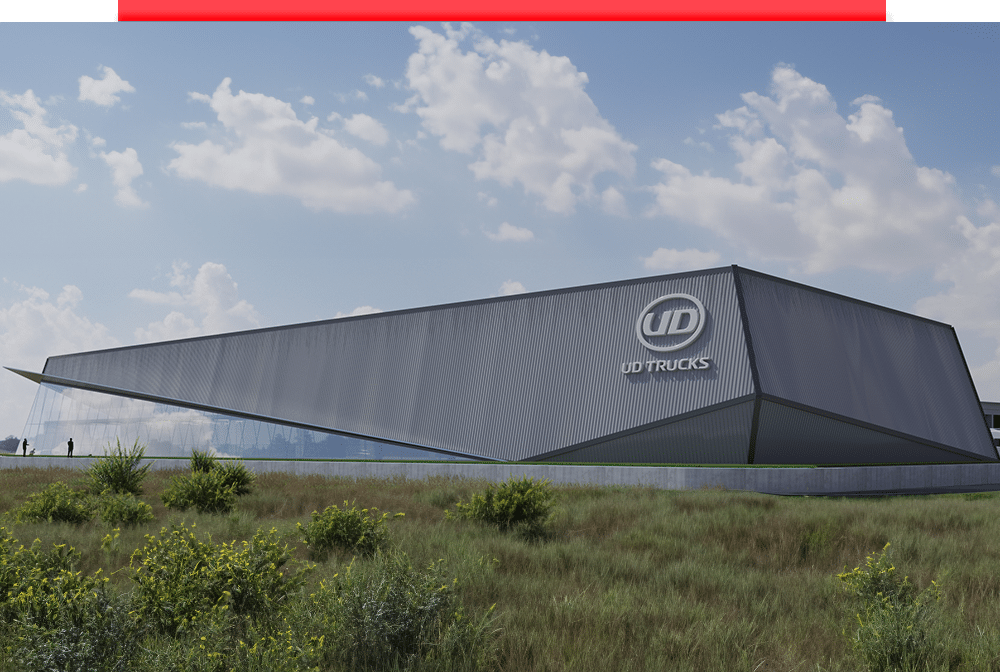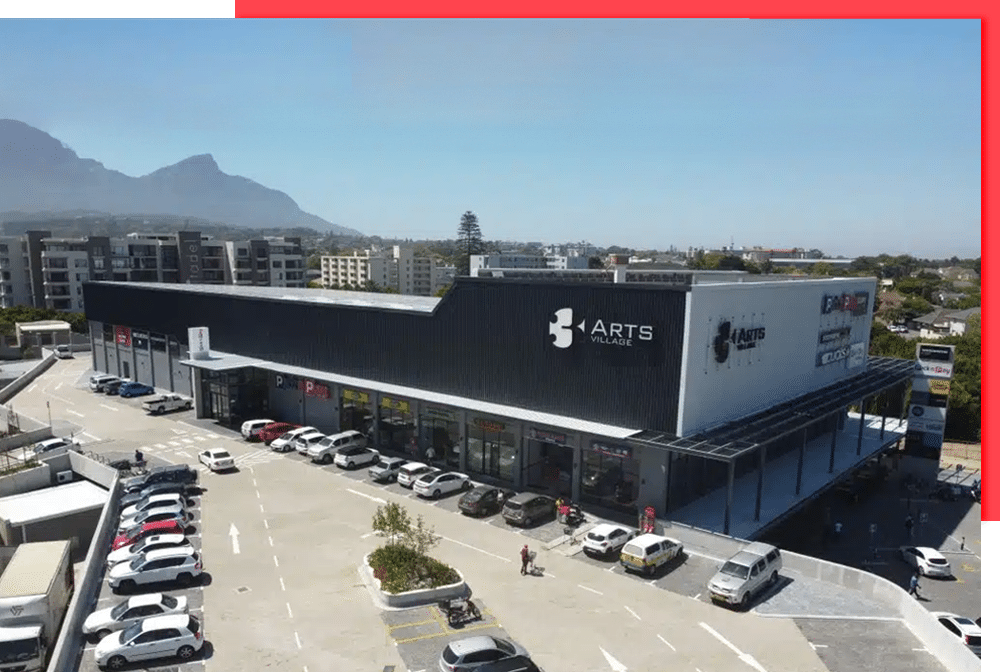With a trading history that spans three centuries, Folkes has been successfully growing it’s commercial real estate division for the past 60 years, firstly on industrial land formerly utilised by its manufacturing subsidiaries and more latterly by land acquisition.
Our team
Meet the Folkes team.

Mark King
Property director

Scott Wheatley
Property Finance Director

Christopher Bartley
General Counsel
Present Day.
Today we continue to seek to expand our commercial portfolio within our area of expertise, serving tenant demand within the thriving sectors we understand best, whilst cultivating and nurturing strong, collaborative partnerships with our development partners and our financial stakeholders.
